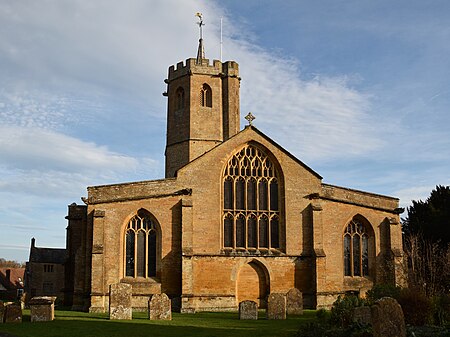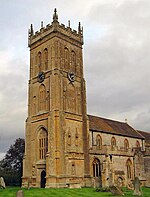South Petherton

South Petherton is a large village and civil parish in the South Somerset district of Somerset, England, located 5 miles (8 km) east of Ilminster and 5 miles (8 km) north of Crewkerne. The parish had a population of 3,737 in 2021 and includes the smaller village of Over Stratton and the hamlets of Compton Durville, Drayton, Wigborough and Yeabridge. The River Parrett forms the eastern boundary of the parish. The village is approximately 2 miles (3 km) from East Lambrook, Martock and Lopen. The village is distinctive for the traditional hamstone construction of many of its buildings. In 2005 South Petherton was awarded ‘Somerset Village of the Year’ in a national competition. Historically South Petherton was a market town, but these days is regarded as a village, with many of its ancient functions including the holding of a market having ended by around 1870, although some town-like characteristics remain.
Excerpt from the Wikipedia article South Petherton (License: CC BY-SA 3.0, Authors, Images).South Petherton
St James's Street,
Geographical coordinates (GPS) Address Nearby Places Show on map
Geographical coordinates (GPS)
| Latitude | Longitude |
|---|---|
| N 50.949 ° | E -2.809 ° |
Address
Natter Jacks
St James's Street
TA13 5BW
England, United Kingdom
Open on Google Maps










